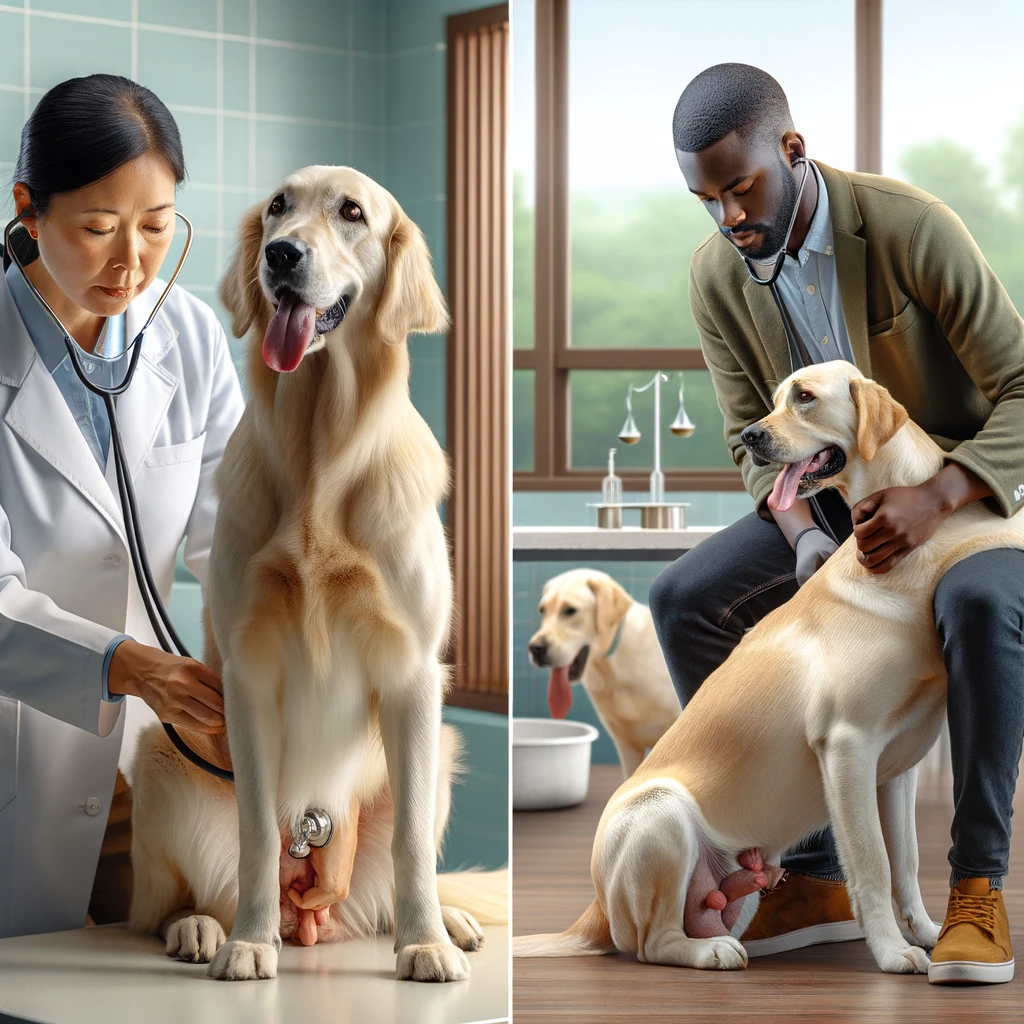Understanding the Dog Breeding Process: A Guide for Responsible Breeding
Introduction
Dog breeding is a blend of art and science, requiring a profound understanding of canine health, behavior, and genetics. It's not just about creating puppies but nurturing the next generation of healthy, well-adjusted dogs. This guide delves into the intricate details of responsible dog breeding, from pre-breeding preparations to post-whelping care.
Pre-Breeding Considerations
Before embarking on the breeding journey, it's crucial to conduct thorough genetic health testing. This ensures the prevention of hereditary diseases being passed on to the offspring. Breeders should also have a solid understanding of breed standards and desirable traits, along with a comprehensive pedigree analysis to maintain or improve breed quality.
Health and Genetic Testing: Before breeding, it's essential to ensure that both the male and female dogs are healthy and free from genetic diseases. Conducting comprehensive health screenings, including genetic tests for breed-specific hereditary conditions, is crucial.
Understanding Breed Standards: Knowledge of specific breed standards is vital. Breed standards are a set of guidelines that describe the ideal characteristics, temperament, and appearance of a breed.
Pedigree Analysis: Analyzing the pedigree of both potential parents helps in understanding their lineage and avoiding inbreeding, which can lead to health and genetic problems.
Choosing the Right Breeding Pair
Selecting a compatible male and female pair is more than just matching dogs of the same breed. Considerations include temperament, health history, and genetic compatibility. The goal is to pair dogs that complement each other’s strengths and mitigate any weaknesses.
Compatibility: The choice of breeding pair should be based on complementary traits, aiming to improve the breed. Factors like temperament, physical attributes, and genetic diversity play significant roles.
Health Screening: Both dogs should undergo thorough health evaluations, including checks for hereditary conditions and overall health.
The Breeding Process
The breeding process can vary from natural mating to assisted reproduction techniques. Regardless of the method, breeders should focus on creating a safe and stress-free environment for both dogs. Timing is critical and should align with the female's fertility cycle for the best chance of successful mating.
Natural Mating vs. Assisted Reproduction: The breeding process can vary from natural mating to artificial insemination. Each method has its considerations, such as timing, health, and ethical implications.
Best Practices: Understanding the female's heat cycle is critical for timing the breeding. Providing a safe, stress-free environment is essential for successful mating.
Pregnancy and Whelping
A dog's pregnancy typically lasts about 63 days. During this period, the female should receive optimal nutrition and veterinary care. As whelping (giving birth) approaches, breeders should prepare a comfortable and quiet space, familiarize themselves with the signs of labor, and be prepared for potential complications.
Recognizing Pregnancy: Learn to recognize the signs of pregnancy in dogs, which can include changes in behavior, appetite, and physical appearance.
Prenatal Care: A pregnant dog requires excellent nutrition, regular veterinary check-ups, and a safe, comfortable environment as her due date approaches.
Preparing for Whelping: Familiarize yourself with the whelping process, necessary supplies, and emergency procedures in case of complications.
Post-Whelping Care
Post-birth, attention shifts to ensuring the health of the mother and her puppies. This includes monitoring for any postpartum complications in the mother and ensuring the puppies are nursing properly, gaining weight, and developing as expected.
Mother and Puppy Health: Post-whelping, monitor the health of the mother and her puppies. Watch for any signs of illness or complications in both.
Puppy Development: Ensure the puppies are nursing well, gaining weight, and reaching developmental milestones. They will also require socialization, vaccinations, and regular veterinary care.
Conclusion
Responsible dog breeding is an ongoing commitment to the health and welfare of the canines involved. It's a journey filled with challenges but equally rewarding. Breeders are encouraged to continuously educate themselves and seek guidance from veterinary and breeding professionals.